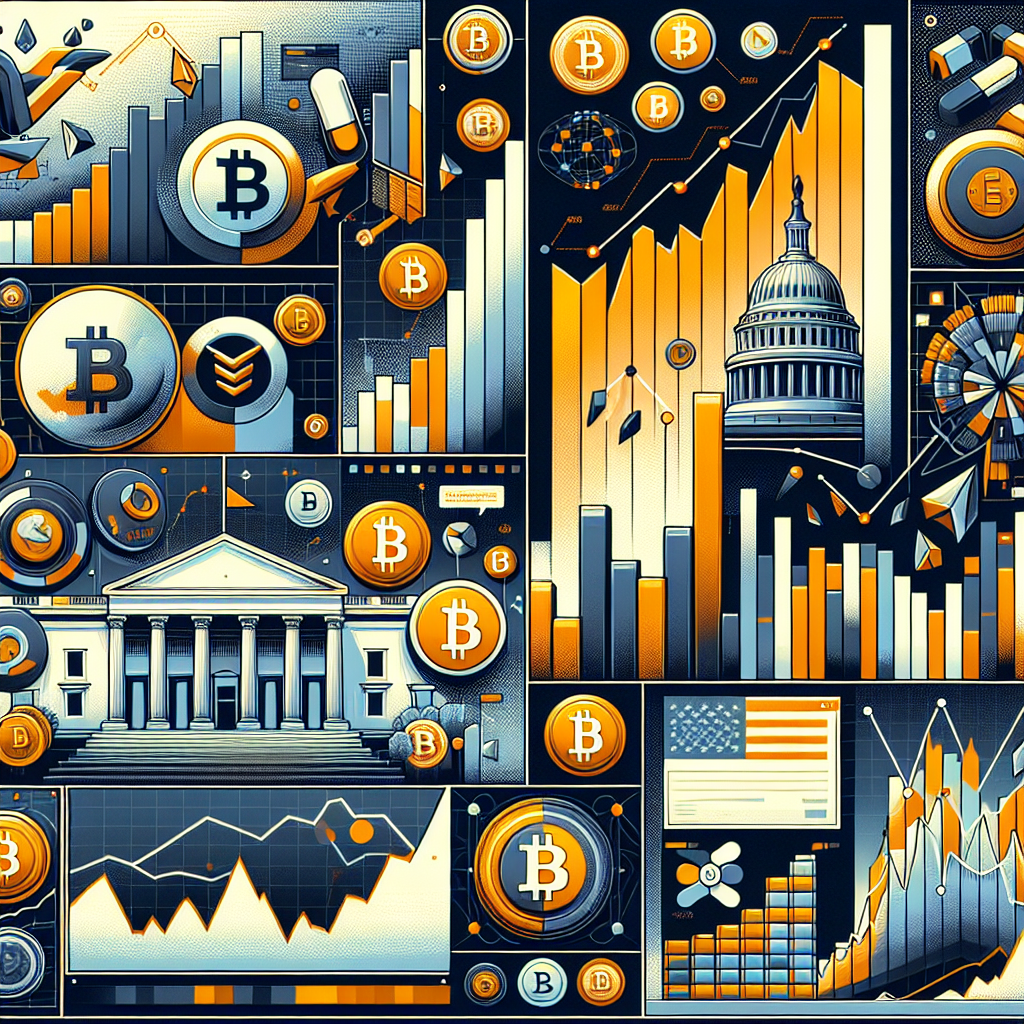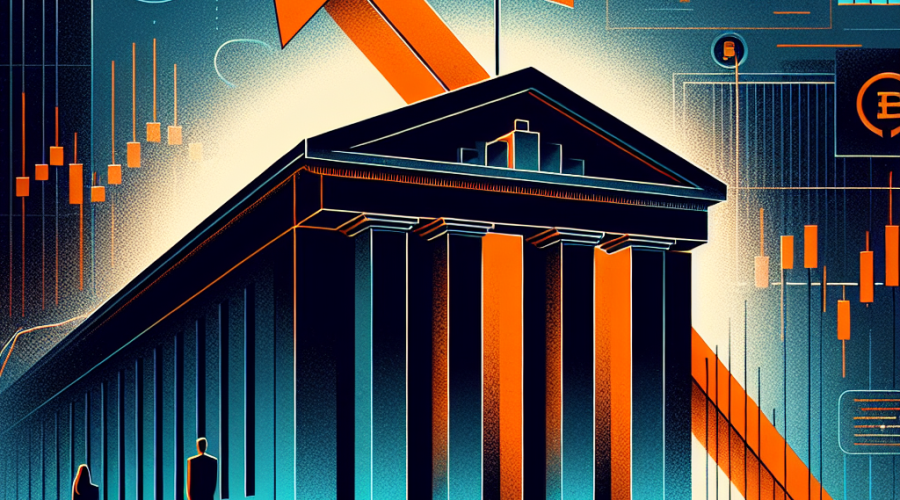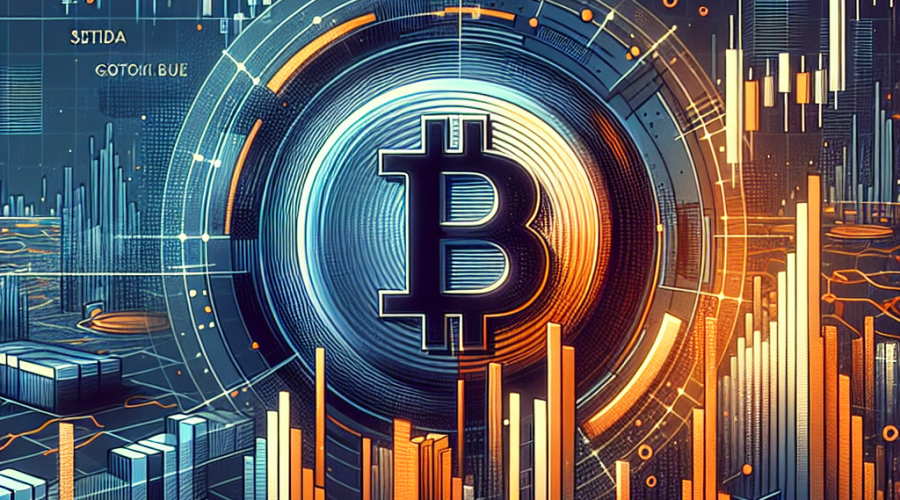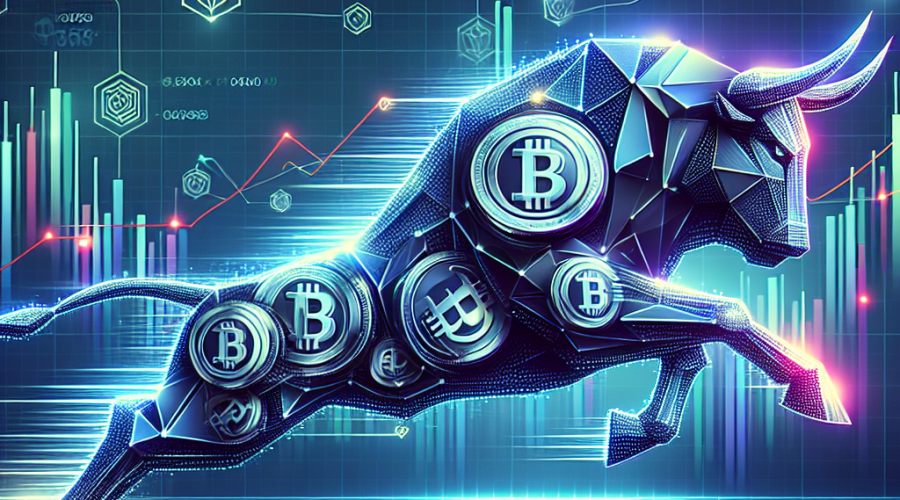The cryptocurrency market has witnessed significant volatility in recent weeks, compounded by overarching macroeconomic and political events. In the aftermath of the longest government shutdown in United States history, investors continue to grapple with uncertainty across both traditional finance and the crypto sector. While gold has served as a relative safe haven, appreciating by 1.79% over the past week, major equity indices such as the S&P 500 and the Nasdaq 100 have seen marginal declines. In stark contrast, the digital asset market, particularly Bitcoin (BTC) and altcoins, has endured substantial turbulence, prompting market watchers to reassess their strategies and outlooks.
Market Performance in the Wake of Government Shutdown
The reverberations of the government shutdown have been felt acutely throughout global markets. Traditional assets managed to hold relatively steady; gold’s positive movement underscores its status as a defensive asset during turbulent periods. The S&P 500 and Nasdaq 100 posted small losses, registering -0.21% and -0.57%, respectively, suggesting a limited pullback from investors. Investors typically interpret such marginal declines as indicative of underlying resilience, or at least, the lack of large-scale panic selling.
However, the digital currency sector told a different story. Bitcoin, the largest cryptocurrency by market capitalization, experienced a notable decline of 10.32% over the same timeframe. This downturn reflects mounting risk aversion and a potential shift in sentiment among crypto market participants. The capital flight from Bitcoin prompted a chain reaction throughout the broader crypto ecosystem, with most alternative cryptocurrencies (altcoins) following suit in registering substantial losses.
Altcoin Sector Analysis: A Few Bright Spots Amid Broad-Based Losses
Altcoin investors, already familiar with heightened volatility, have not been spared from recent market turmoil. Sector-by-sector analysis reveals that only a select group of tokens managed to outperform Bitcoin. The Real World Assets (RWA) sector and so-called “no-revenue” tokens proved to be outliers during this period. The relative strength seen from “no-revenue” tokens is largely attributed to XRP, which managed to limit its downside to 6.36% over the week. Though still negative, XRP’s price resilience stood out against Bitcoin’s sharper drop.
Meanwhile, RWA tokens drew support from assets such as OUSG—which saw a modest increase of 0.73%—and HASH, which fell by 3.44% but still fared better in comparison to many other altcoins. These performances may signal investor interest in more diversified or utility-linked digital assets during times of broader risk aversion.
Worst Hit Sectors and the Impact of Project-Specific Events
Among the sector indices, crypto-mining companies, Solana ecosystem assets, and modular blockchain projects experienced the heaviest losses. Within the Solana ecosystem, two tokens in particular—MPLX and JTO—suffered dramatic price declines. MPLX plunged by a staggering 42.36% after an exploit/incident during the PSG1 launch. This event demonstrates how project-specific mishaps or exploits can quickly erode investor confidence, leading to cascading sell pressure even in sectors that previously showed promise.
Similarly, JTO dropped by 26.81%, a move possibly influenced by the announcement of Harmonic as a new competitor. The entry of new competitors is often interpreted as a threat to market share and future growth prospects, adding further short-term volatility to incumbent tokens.
Revenue Leaders: Application and Chain Data Insights
Despite the general downturn, certain decentralized applications (dApps) and blockchain ecosystems continued to generate significant revenue, pointing to ongoing demand and engagement within segments of the digital asset space. Hyperliquid stood out as the leading dApp in terms of revenue, hauling in $17.1 million over the past week. Right behind was Pump.fun, which accrued $9.6 million in revenue. Although Pump.fun’s token suffered a larger market decline than HYPE, the magnitude of its revenue highlights enduring user interest even in a bearish climate. The PUMP/HYPE token pair itself experienced a 23.4% fall, reflective of the overall sentiment shift.
Looking at broader blockchain ecosystem performance, Solana’s chain revenue has managed to endure, though signs of pressure are evident. Over the last two months, Solana’s revenue market share across all blockchain platforms shrank from 21% to just 12%. While this is a notable contraction, Solana’s total chain revenue remains above that of Ethereum, positioning it just behind Hyperliquid and Tron. These changes are driven in part by shifting user activity, especially around the decline of memecoin trading—save for the Pump.fun phenomenon, which seems to have partially insulated Solana from deeper losses.
MicroStrategy’s Strategic Moves and Market Implications
Institutional activity in the digital asset space can be an anchor of stability—or a source of headline-driven volatility. MicroStrategy (ticker: MSTR), well-known for its aggressive Bitcoin acquisition strategy, has continued to be a focal point for market observers. The company’s outstanding mNAV (market Net Asset Value) has dropped to 0.9, raising questions about the sustainability of continued Bitcoin purchases at a pace previously seen.
Earlier in the week, MicroStrategy’s CEO, Michael Saylor, announced a fresh BTC acquisition—this time 8,178 coins purchased at an average price of approximately $102,171 per coin, totaling over $835.6 million in value. While Saylor has repeatedly emphasized a long-term “buy-and-hold” approach, the current mNAV below 1 may render further issuances and large-scale BTC buys more difficult in the short term, potentially putting pressure on MicroStrategy’s ability to maintain its strategy if current trends persist.
Regional Market Dynamics: The South Korean Crypto Phenomenon
The global nature of digital asset markets often produces country- and region-specific developments. Nowhere is this more apparent than in South Korea, where the Upbit exchange has established itself as a dominant force. Recent data indicates that during the latest round of Upbit’s top 10 listings, tokens experienced a median price jump of 70% on the first trading day, with the average jump reaching an impressive 115%. For context, non-memecoin listings on global heavyweight Binance achieved first-day price increases of roughly 40%.
These numbers reflect the highly active and speculative nature of South Korean retail investors. Quick price jumps following new listings are a well-documented phenomenon in this market, highlighting both the intense demand for new digital assets and the ever-present risk of inflated valuations not backed by fundamentals. The behavior of retail-driven exchanges such as Upbit continues to influence liquidity and volatility patterns in the Asia-Pacific region, often setting the tone for the rest of the global crypto marketplace.
Decentralized Finance (DeFi) Trends: Growth and Contraction
Although overall crypto market sentiment remains subdued, pockets of growth persist within the decentralized finance (DeFi) landscape. Loopscale, a DeFi lending and deposit protocol, showcased resilience and expansion amid the broader slowdown. Over the past 90 days, Loopscale deposits have grown by approximately 28%, reaching a total of $93 million. Active loans on the platform have climbed in tandem, hitting $34 million.
This stands in contrast to other DeFi lending protocols like Kamino, which have seen both deposits and outstanding loans contract within the same period. Such divergences reinforce the notion that, even during market-wide sell-offs or plateaus, protocol-level innovation and user adoption continue to advance in selective corners of the DeFi ecosystem. The continued inflow of assets into platforms like Loopscale underscores investor preference for platforms perceived as robust or low-risk, particularly during times of heightened uncertainty elsewhere.
Outlook: Navigating Uncertainty and Shifting Sentiment
The last week has provided a stark reminder of how external events, from political impasses like government shutdowns to protocol-specific incidents and innovations, can rapidly reshape prices and narratives in the crypto space. With gold and some defensive traditional assets still drawing inflows, investors in digital assets face the dual challenge of short-term price volatility and long-term strategic positioning.
While Bitcoin’s drawdown stole headlines, sectoral nuances—such as altcoin outperformance by RWAs, revenue generation at Hyperliquid and Pump.fun, and DeFi deposit growth at Loopscale—demonstrate that the ecosystem is far from homogenous. Furthermore, regional activity spikes, as seen in South Korea, contribute to the evolving tapestry of global crypto participation.
As market participants look ahead, key areas to monitor will be further macroeconomic developments, regional activity shifts, DeFi innovation, and the response of major institutional players like MicroStrategy. Understanding the interplay between these drivers will be crucial for navigating an ever-changing market defined by both risk and opportunity.
















